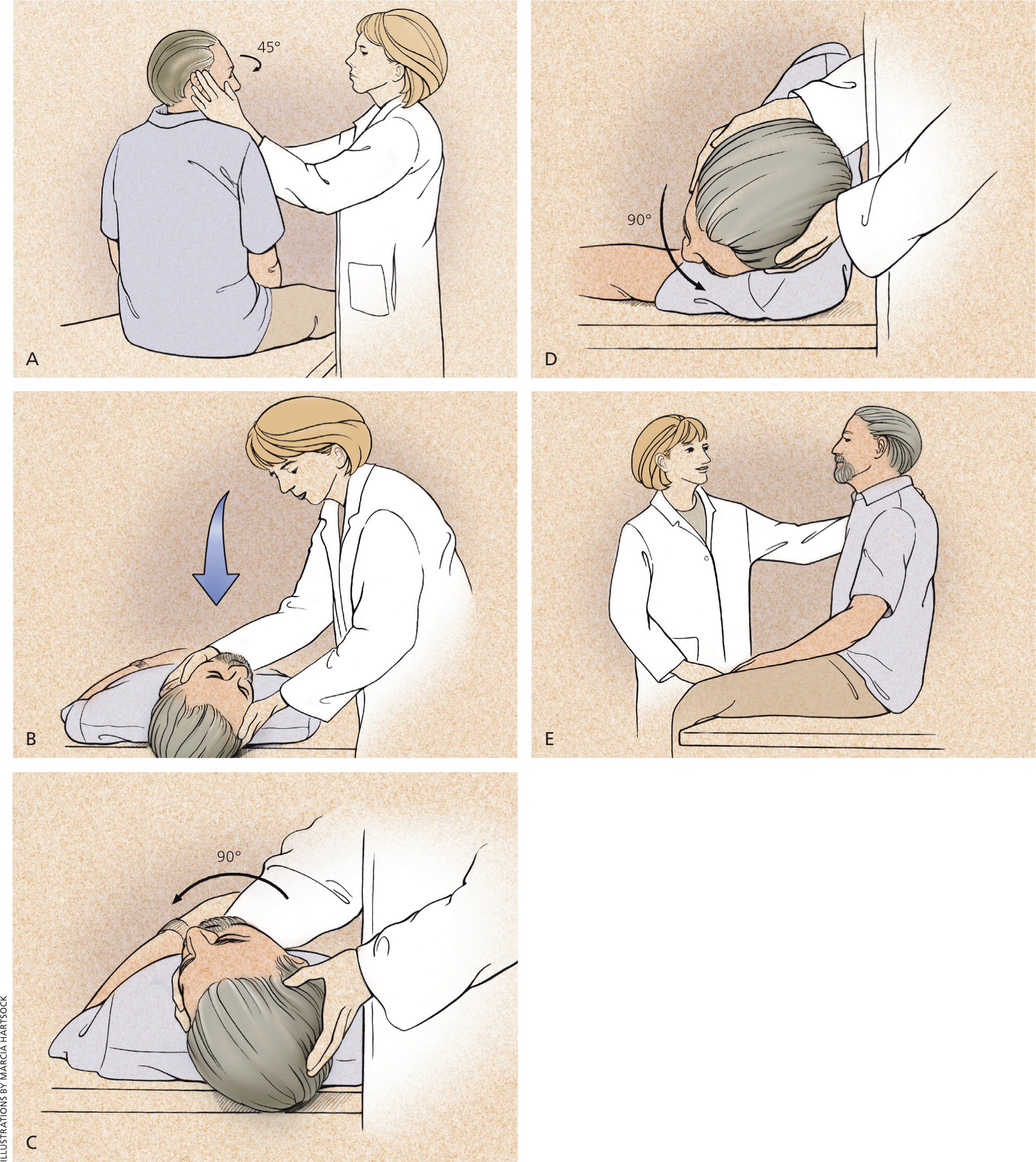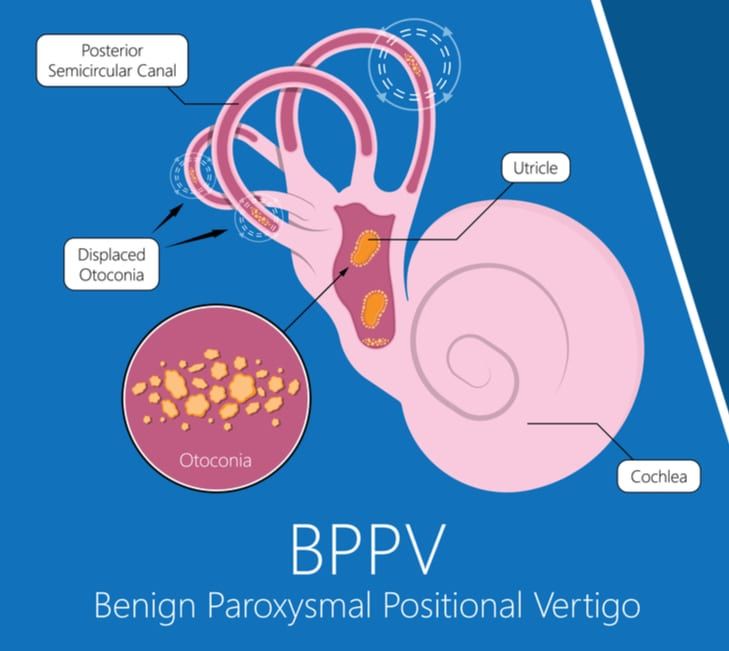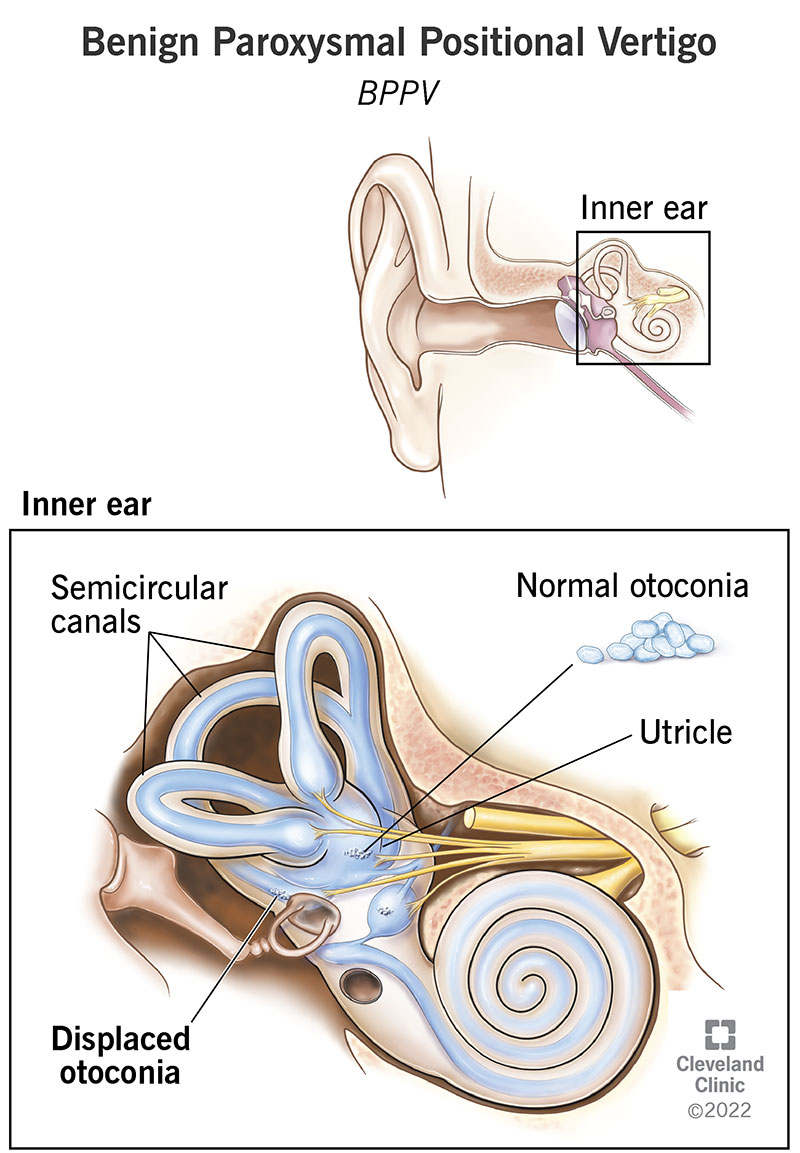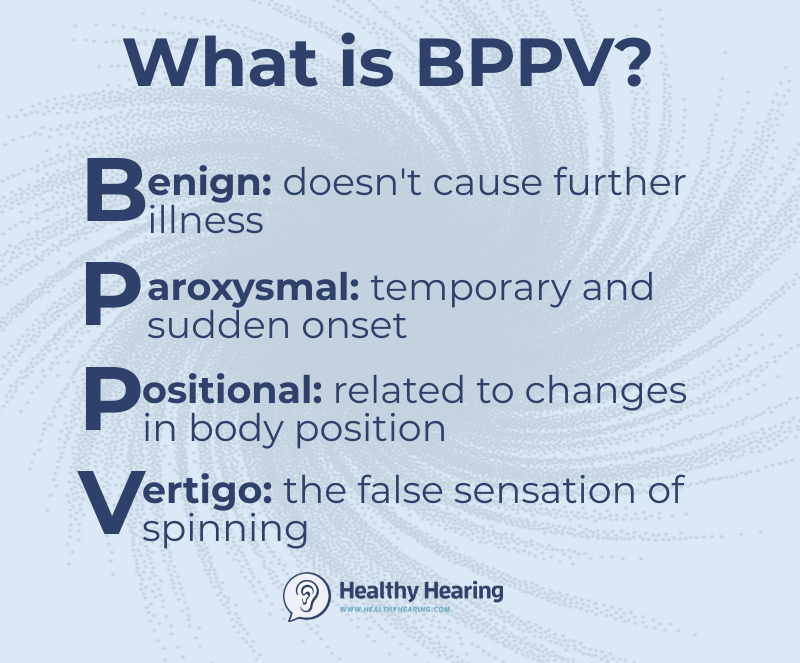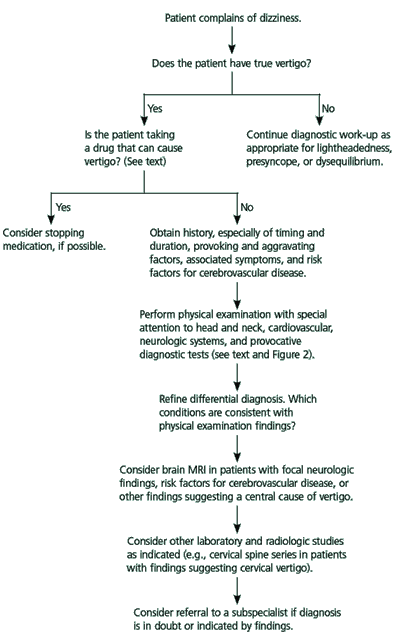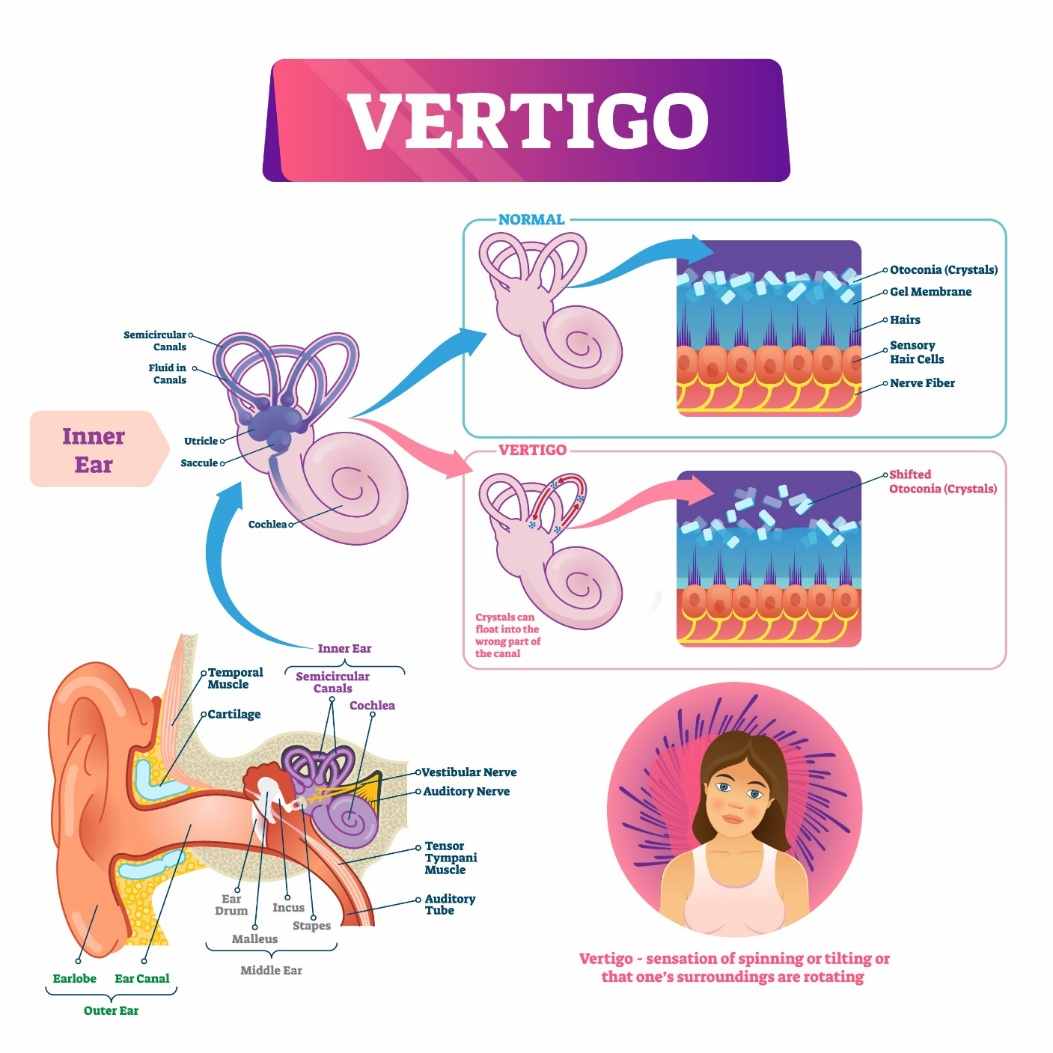Beautiful Work Tips About How To Diagnose Vertigo
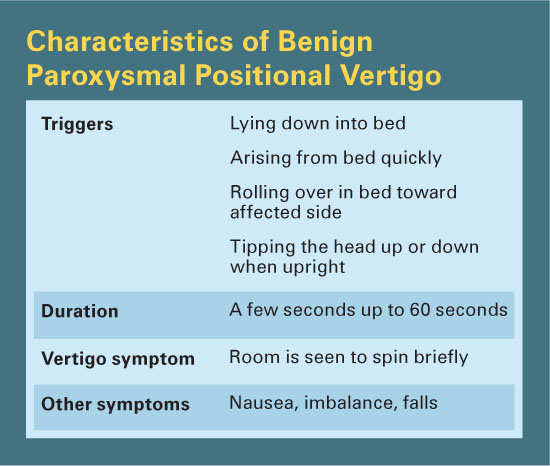
Part 3 look for underlying causes;
How to diagnose vertigo. Notice dizziness and feelings of imbalance. Vertigo is a kind of. He or she may ask what the sensation of movement or.
A simple test that involves you moving quickly from a sitting to a lying position might be. Go back quickly, and make sure your head is tipped over these pillows. You will likely have vertigo symptoms during the procedure as the canaliths move.
In the context of anamnestic and orienting diagnostic hints for acute symptoms of vertigo (acute vestibular syndrome) and criteria of unilateral vestibulopathy (vestibular neuritis). Part 2 consult the doctor; If you feel as though you are spinning or your environment is spinning, this.
To diagnose vertigo, your doctor relies on information about your medical history, including details about your symptoms. While being evaluated by a professional that handles vertigo/ vestibular problems and ruling out major red flags, this is done via a low tech way in the office : The diagnosis is based on:
If you rotate or lean. Be sure to use enough pillows to. Positive signs and symptoms include dizziness, nystagmus, diplopia, loss of consciousness, diaphoresis, dysphagia, dysarthria, nausea, numbness around the lips, or other.
Sit with your head turned 45 degrees to the left (or the opposite way you went last time). Primary symptoms of vertigo include dizziness and a sense of imbalance. The doctor confirms the diagnosis by observing nystagmus — jerking of the person’s eyes that accompanies the vertigo caused by changing head position.
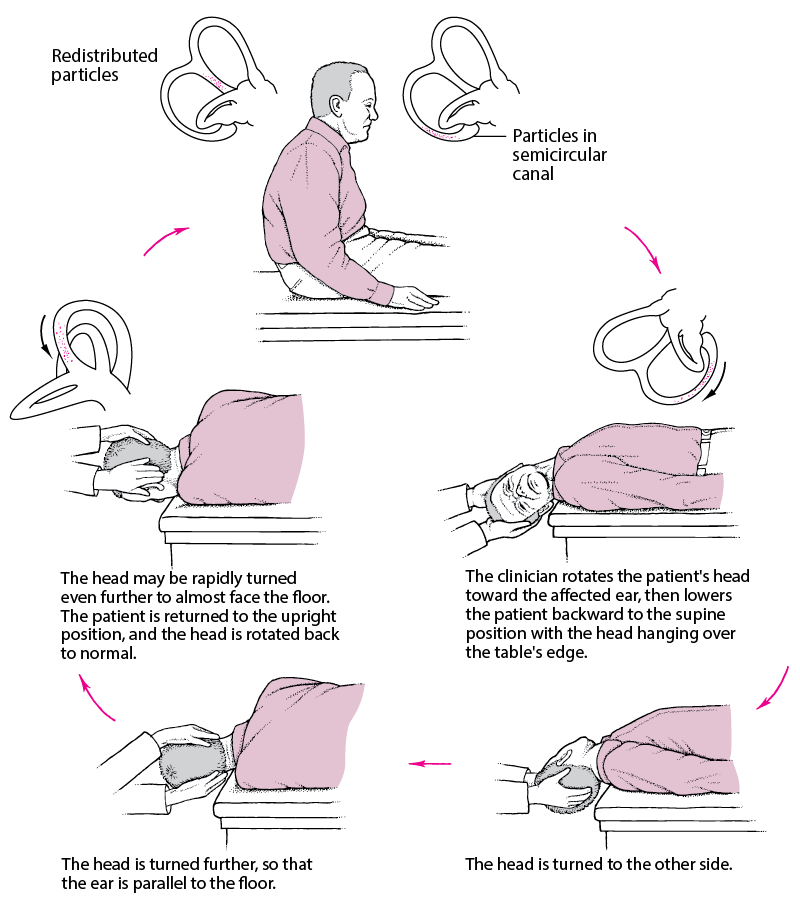

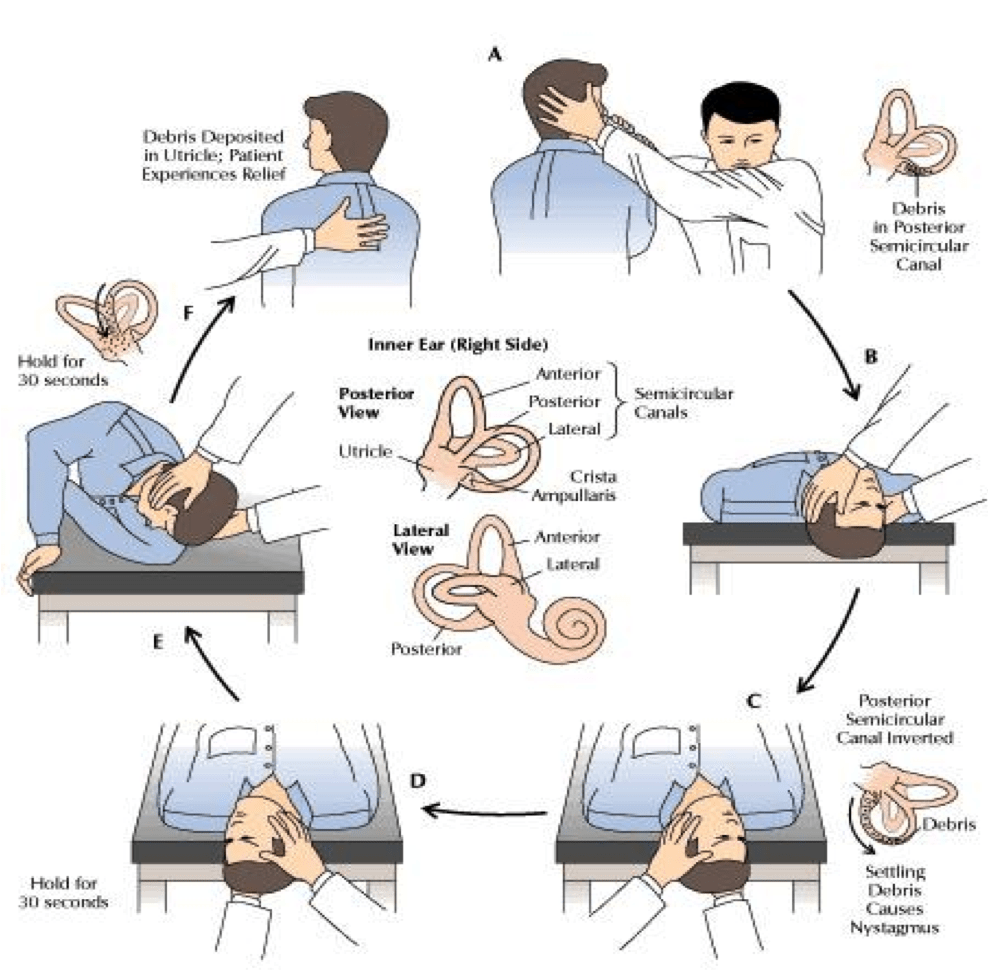

/six-common-causes-of-sudden-vertigo-2488848-FINAL-1d8aaad5c7c94605a0405772c04da167.png)
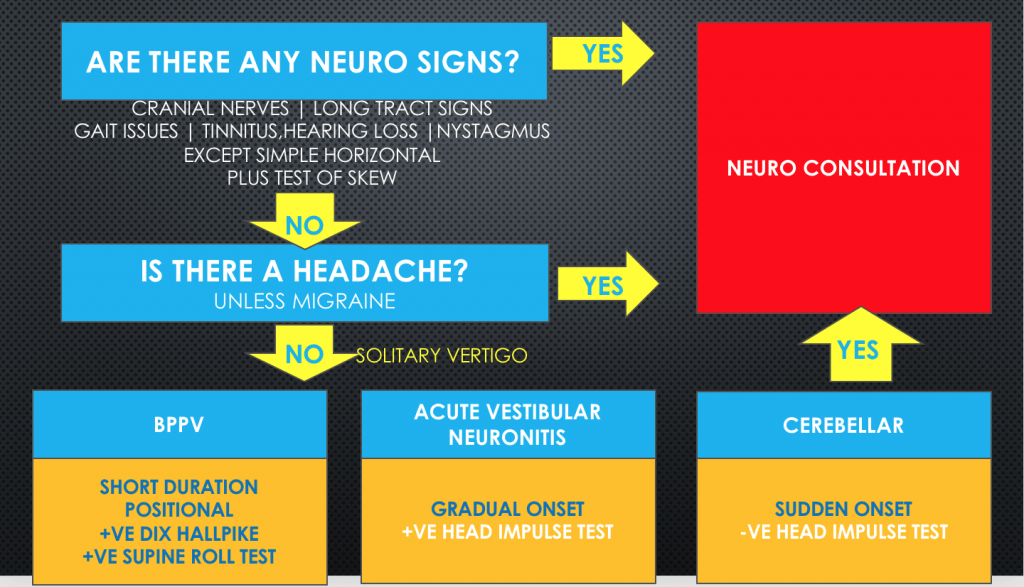


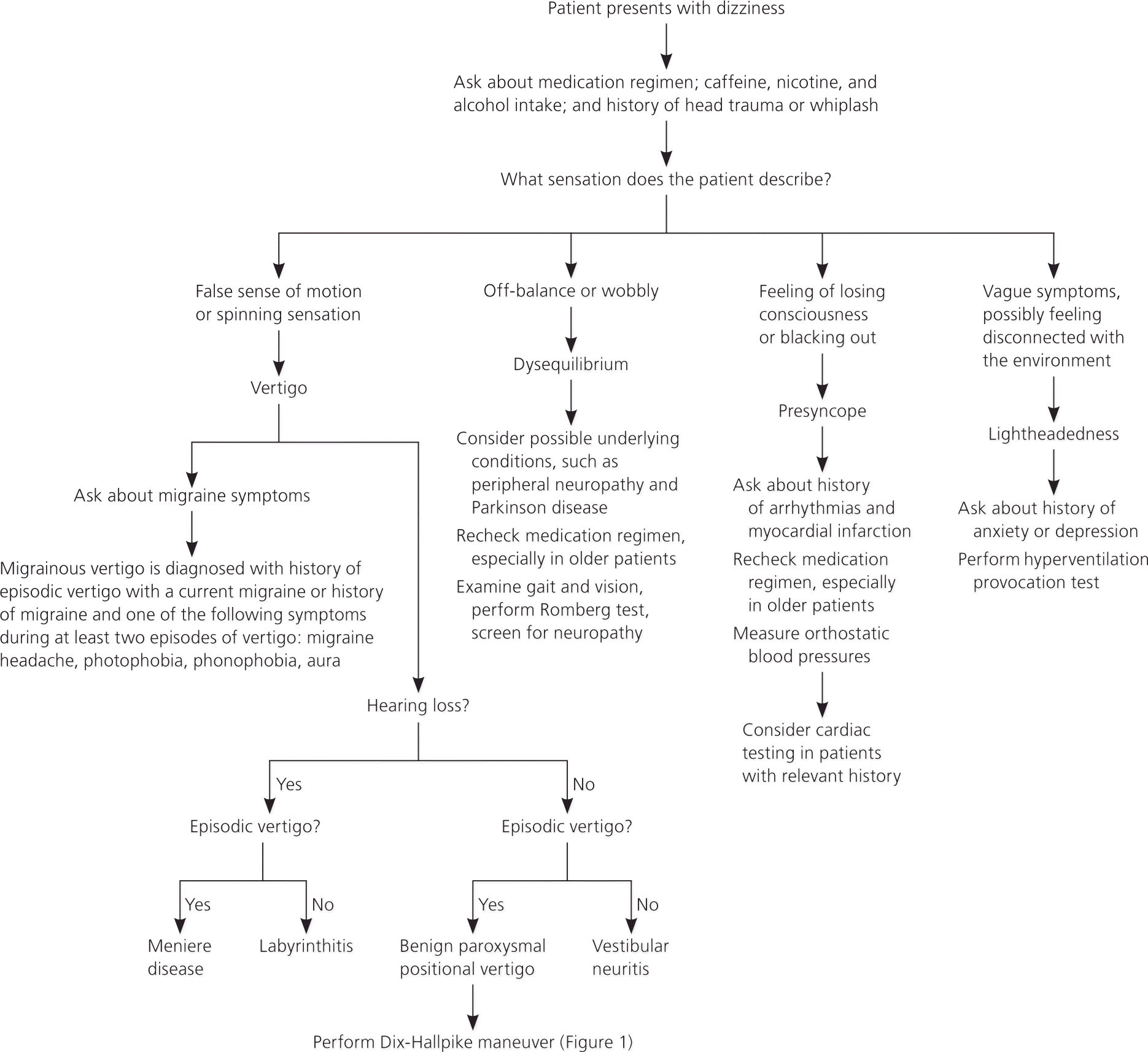
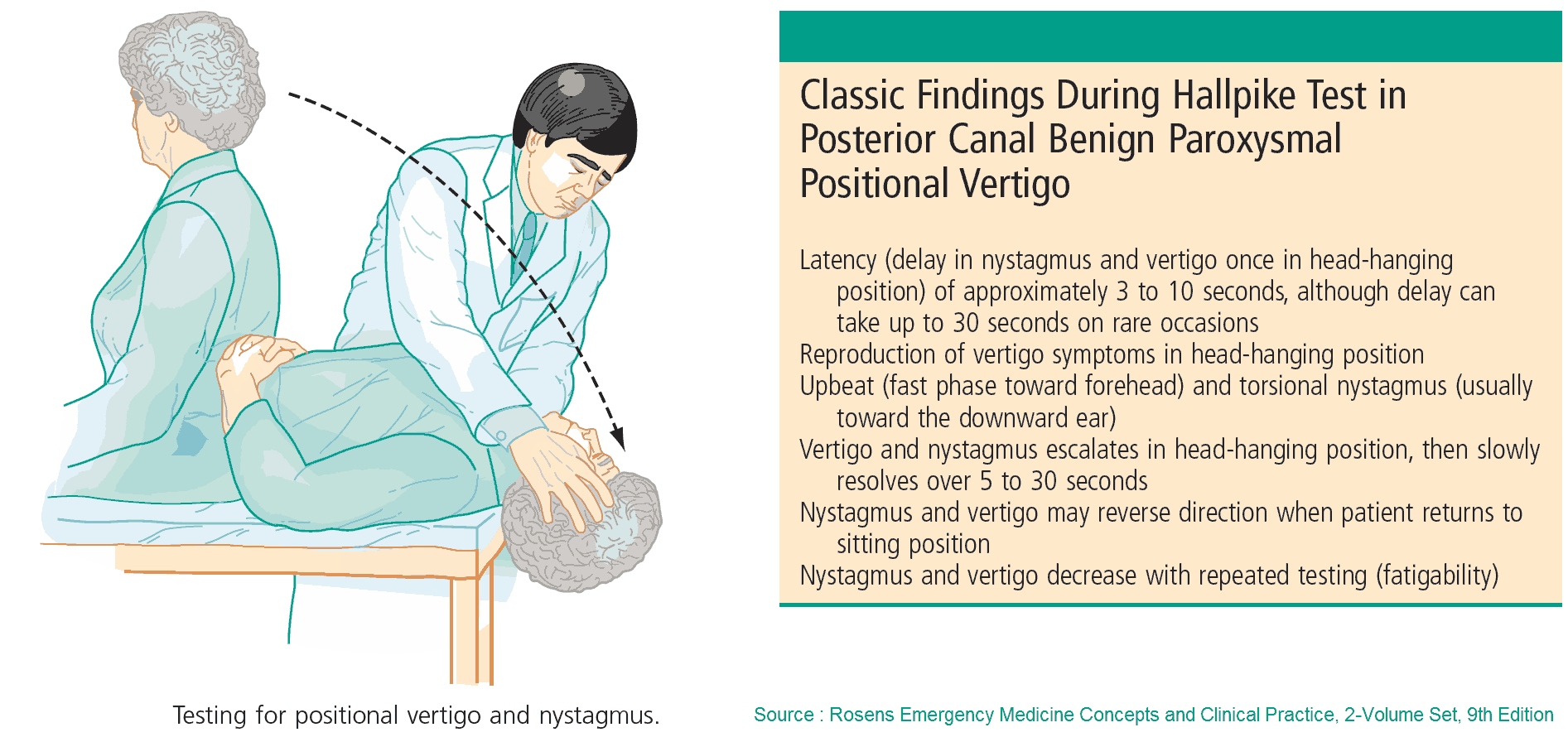
/vertigo-in-multiple-sclerosis-2440805-color-805eb5e6a5234d57b4f66da9d18c4363.jpg)
